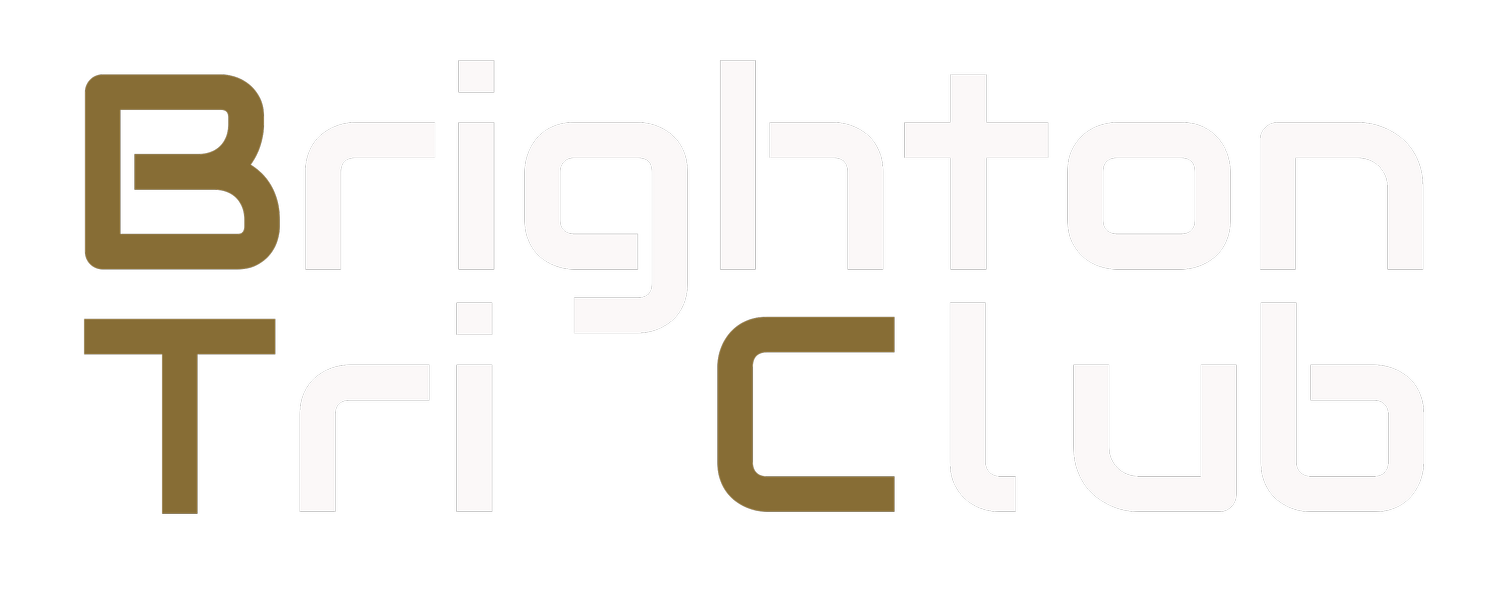What Do I Need for Online Turbo Training Sessions?
/Now that we have restarted our online turbo sessions, you may be wondering what you need to take part. Indoor bike training has become hugely popular during the pandemic, but it can seem overly complicated. While you can get very high-tech, you don't have to. We've outlined two simple options and what you'll need to get started.
Overall Setup, you need a clear area around the bike with no trip hazards. Keep children and pets out of the way, you don’t want to be worrying about what they are doing. A cool room and fan are ideal, and it can handy to have a stable surface within arms reach to put things on.
Basic Setup, using a "dumb" turbo trainer.
With this setup, the coach will give you an effort level (RPE), such as 7/10 or 8/10, plus how long to hold it. All you have to do is adjust your resistance to reflect that effort level, and follow their instructions. For a more detailed RPE explanation, please check out this article from the British Cycling blog HERE.
Bike - It doesn't matter what sort, but you'll probably prefer your road bike.
Turbo trainer - this is a metal frame that clamps onto the back of your bike. A roller presses against your rear tyre and generates resistance. Basic turbos have adjustable resistance that you control via a small lever you temporarily clamp onto your handlebars. The price range is generally about £80-£125.
Raiser block - optional for the front wheel, if you don’t have one the front wheel of the bike will be lower than the rear and it feels like you are cycling downhill the whole time.
Mat - to put under your bike, it can get a bit sweaty.
Water - see above.
Towel - this is to put over your handlebars and bike frame, sweat is highly corrosive.
Computer or mobile device to join the Zoom session.
You may also prefer to use headphones, so you can clearly hear the coach.
The Next Level, Power-based training.
To take your turbo training to the next level, you make one of these upgrades:
Add a power meter to the basic setup; or
Use a smart turbo trainer instead of a standard one.
A power meter or a Smart Trainer will transmit your power output to your Garmin, phone or online training platform (Zwift, Trainer Road etc..).
How Do I Know What My Power Output Should Be? With this setup, the coach will tell you the power % to work at, and you are aiming to hold that until they ask you to change. They will give you your power as a % of your Functional Threshold Power (FTP), telling you to, for example, to ride at 85%. So you need to know your FTP and what 85% of it is. Therefore ideally, you will do an FTP test a few days before your first session. (If you're unsure how to do a test, this article explains more, click HERE).
Once you know your FTP, all we need to do is calculate the various percentages. To calculate this multiply your FTP by the relevant %, therefore if you have an FTP of 200 watts and your coach said ride at 50% that would be at 100 watts, 75% would be 150 watts. Calculate these in 5 watts steps from 50% to 120%, and have them at hand for the session. A quick way to calculate these numbers is to use a spreadsheet. Here's a link to one you can download, enter your FTP at the top, and it will do the maths. Print it out, and you will have the power numbers you need for the session. Download the Spreadsheet HERE.
To learn more, read British Cycling's Ultimate Guide to Indoor Training.
Article updated January 2021.
